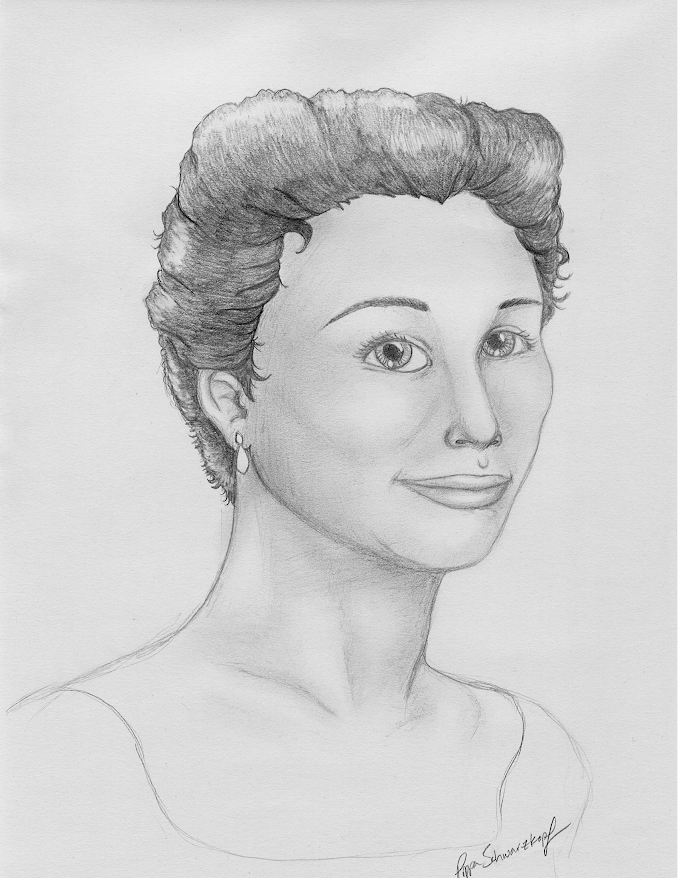
Pippa Schwarzkopf ‘16
Imagine a girl with an effortless smile, a simple elegance, and a subtle sense of playfulness and satisfaction in her eyes. She is a grown woman, but the simple air with which she carries herself gives her the light spirit of a girl.
That woman is Faten Hamama, the most prominent actress in classical Egyptian cinema.
Hamama’s career reflects her determination to participate in distinguished film projects. Beginning her career in the late 1940s, she was mostly active in the 1950s and 1960s, when Egyptian directors were experimenting with film genres that were not, up until that point, successful or popular in the industry. An example is
Son of the Nile
(1951), directed by Youssef Chahine, which was the first Egyptian film to criticize the social injustice that peasants experienced.
Many of her films with these directors addressed issues related to women’s rights. Most notably, these films all dealt with different, unique aspects of women’s rights. For instance,
Miss Fatma
(1952) argues for the merit of women’s employment in law,
The Open Door
(1963) reflects on the importance of gender equality as a social modification that is necessary for both men and women, and
No Time for Love
(1954) shows the role of a woman in socio-political demonstrations.
While Hamama’s visage expressed the sensibility of her character, her simple attitude gave her an innocent presence that contributed to the persuasiveness of her performance. This, combined with her agile movement and lively voice, made her performance feel light. For the audience, her performance was expressive, yet easy to take in. Most remarkable was her ability to expressively embody a wide range of emotions. It is rare for an actress with an innocent presence and simple body language to persuasively express darker sentiments such as spite, regret, misery and anxiety. But Hamama managed to tune her performance to the psychological mood of her character, increasing the versatility of her acting. This enabled her performance to fit the overall atmosphere of a film — whether it be drama, romance, or mystery — and not be restricted by a certain film mood or genre.
The directors Hamama worked with, such as Salah Abou-Seif and, notably, Henry Barakat, recognized the emotional appeal of her visage and used shots of her face to play a key role in the development of a storyline. This emphasis on Hamama’s facial expressions made her a strong presence in her films. Her ability to transition with agility from one emotion to another enriched her performance and lent an emotional subtlety to the plot and visual composition of a film. The merit of the films she starred in is not only attributed to the stylistic innovation of the filmmakers, but also to her performance, which played a fundamental role in articulating the critical ideas in these films. Hamama was the only female actress, and the only film star, to have that much agency in her films. In this sense, her career stands out in the history of classical Egyptian cinema.
In an interview with Cahier du Cinéma, director Youssef Chahine described Hamama as “the greatest actress in (classical) Egyptian cinema history.” Hamama’s career is of immense artistic value in Egyptian cinema because of the way she interpreted emotions and ideas contributed to the success of these films, and thus to the development of Egyptian film industry. Her performances are so important that it is possible to plan an entire film series that reflects the stylistic trends and critical themes of classical Egyptian cinema using only films that Hamama stars in. Admittedly, the classical Egyptian cinema industry was not huge. Hamama mostly worked with the six most productive and talented directors in the late 1940s to 1960s. While it is true that the number of active directors was small compared to other film industries, this seems to have enabled these directors to get to know the parameters of her performance well. The fact that an entire film series can be planned with only Hamama’s films demonstrates that the classical Egyptian film industry was not huge, and also shows that she was a productive actress.
Hamama’s body language speaks to the sensible steps she took in her career. She had a certain way of portraying a character in a hurry, where you see her run forward, make a slight halt, and then, with a determined air, take another few steps. The dexterity of her movement demonstrates that she pondered her performance with the same attentiveness and consideration that she invested in building her career. Hamama recognized the responsibility of the strength of her performance and thus took her career seriously, which is evident in her purposeful choices throughout her career.
An Egyptian artist did a portrait of Hamama that appears in some of her films. It is not widely known that the portrait was done upon her request and was featured in films for purposes that serve the plot. This portrait captures her mellow personality and simple presence, and demonstrates the dedicated actress she has been in classical Egyptian cinema.
This writing project is supported by the Kirkland Endowment Fund.
The Kirkland scholarship recognizes students who demonstrate a commitment to the needs and interests of women. It perpetuates the legacy of Kirkland College, which was the women’s college, coordinate with Hamilton, from 1968 to 1978.
